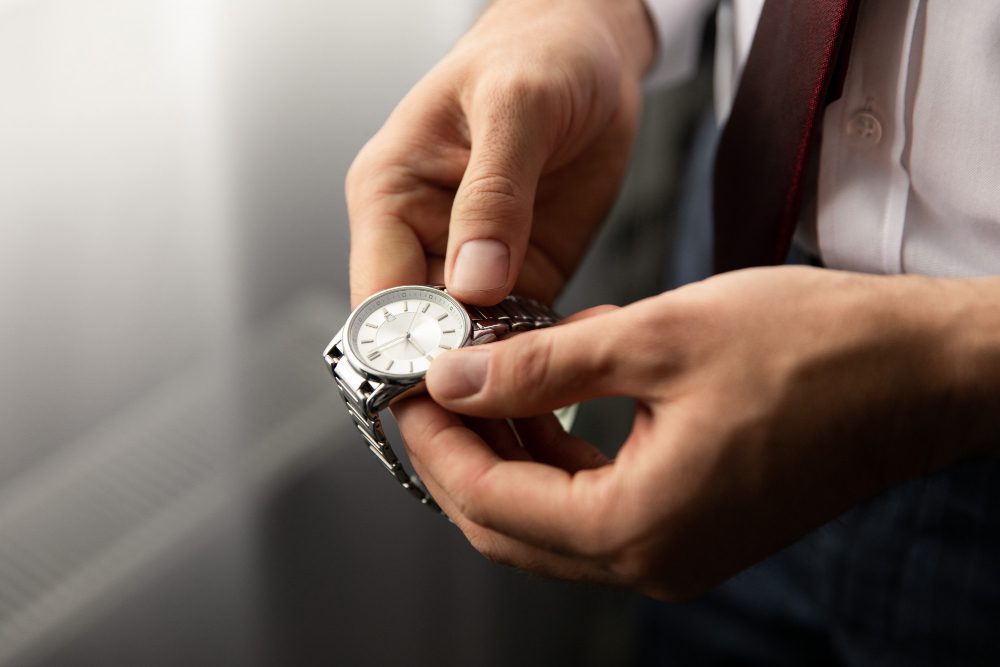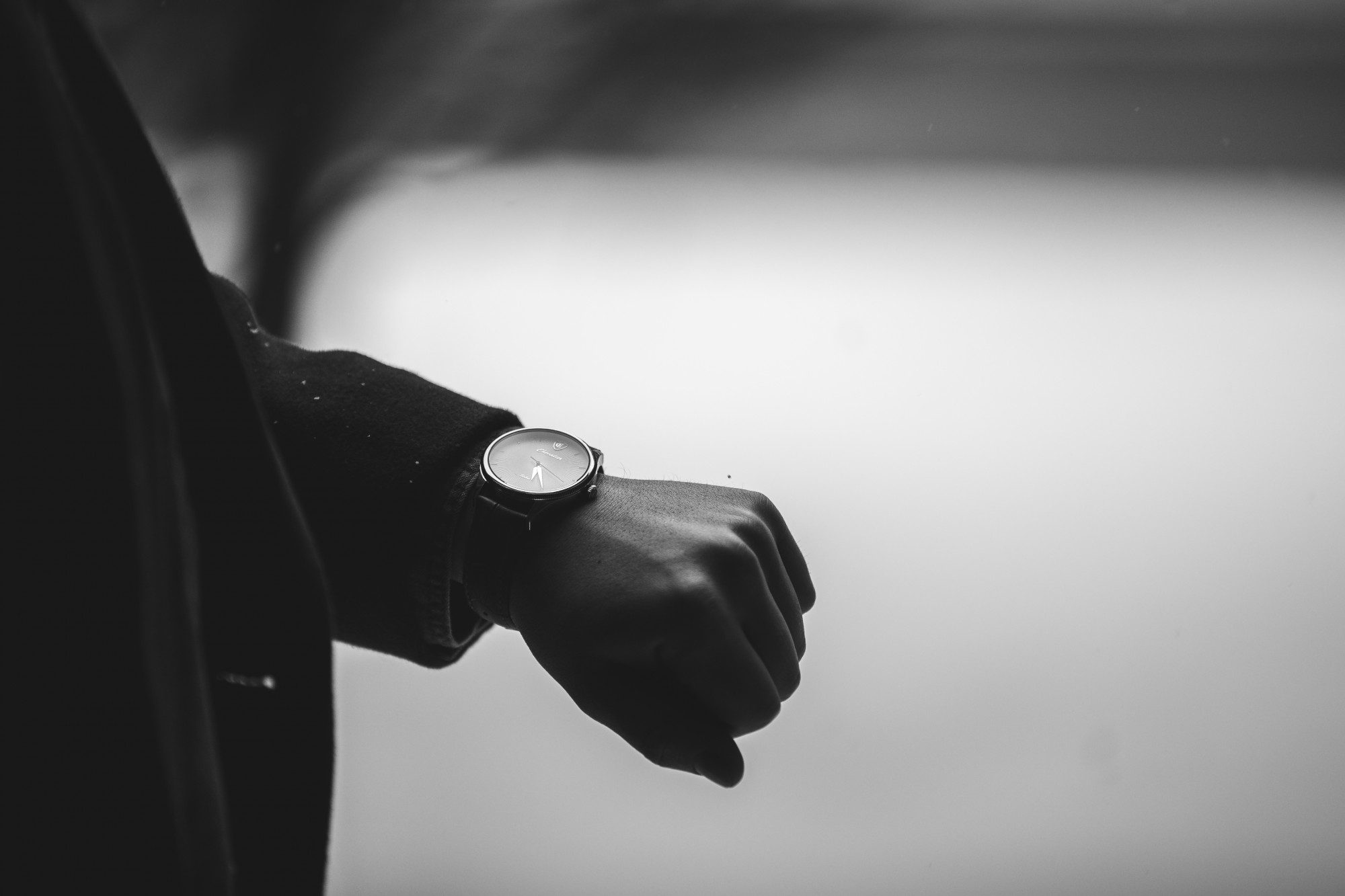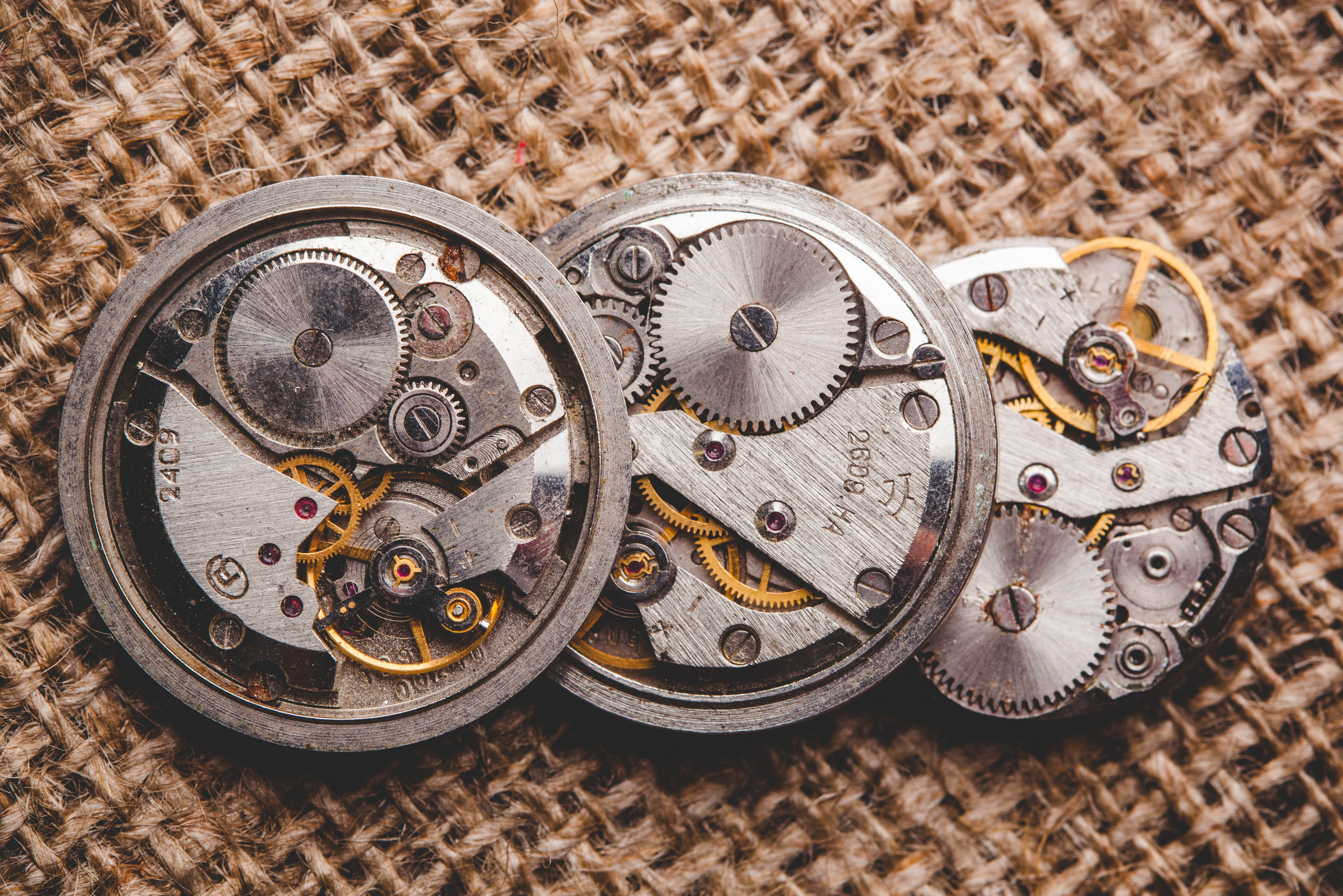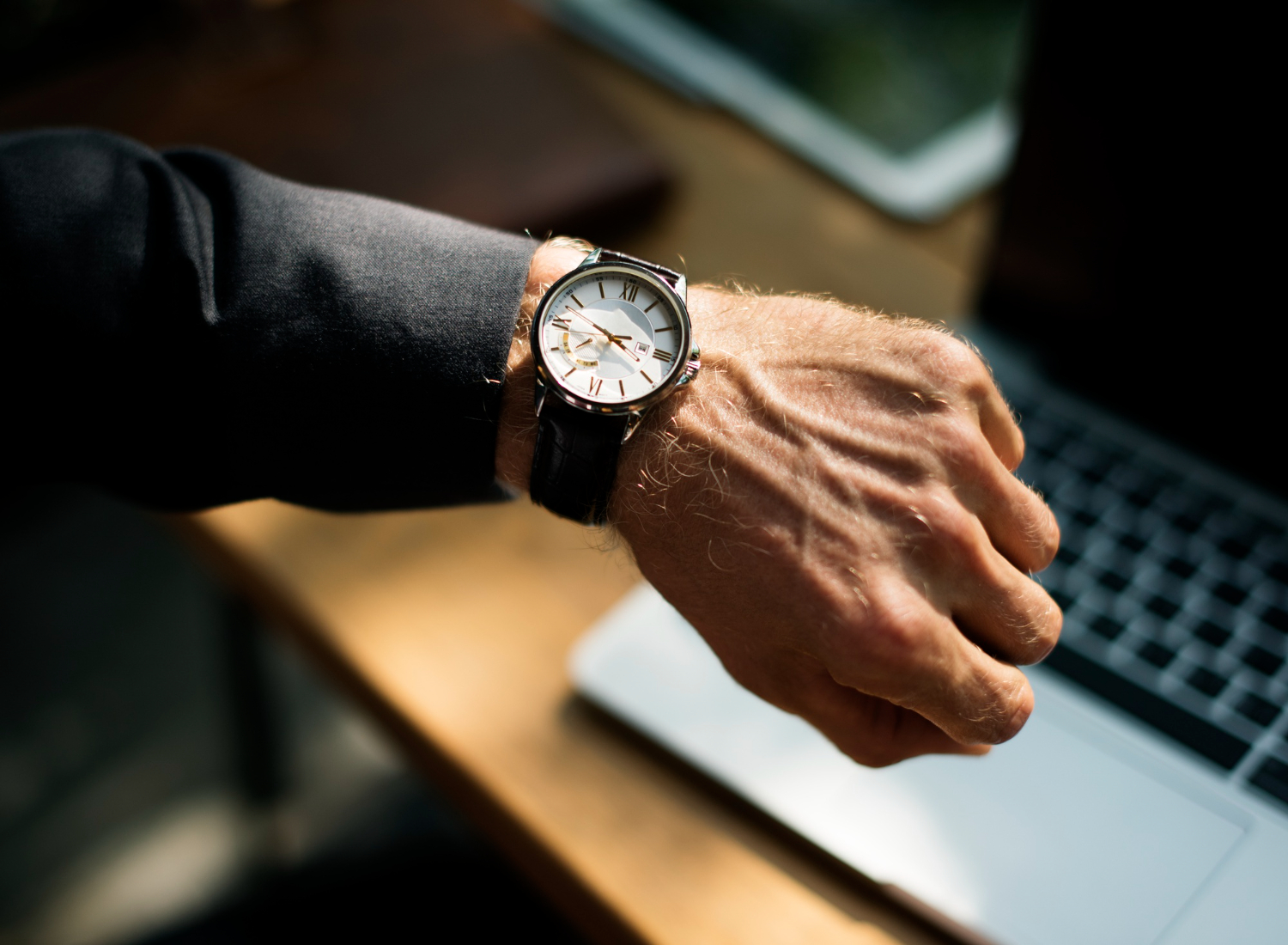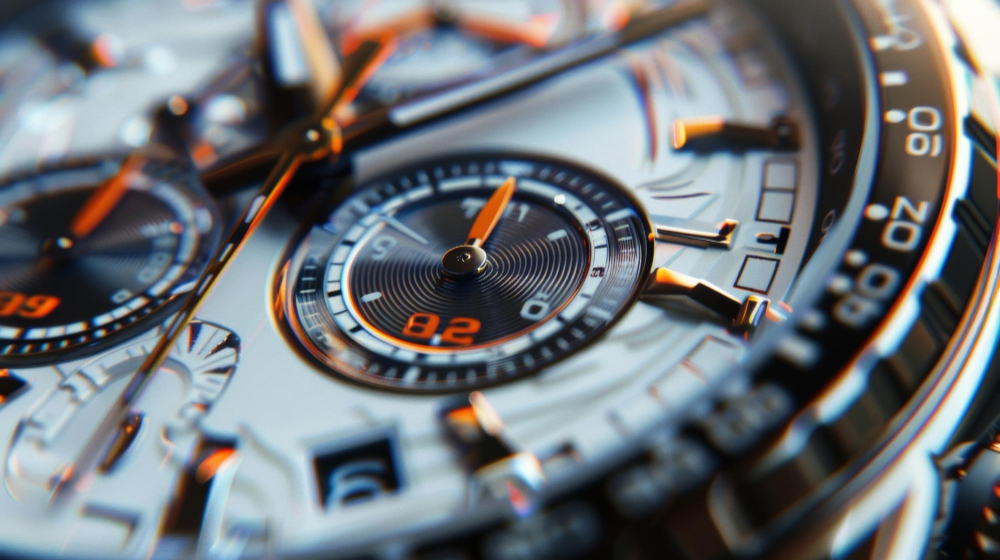Vintage watches are a source of fascination for many watch enthusiasts. They have a long history that can be traced back to the 19th century, when they were first manufactured and used by people in different countries around the world.
This article will explore this fascinating world of vintage watches, examining their design and style elements as well as the historical context behind them.
Vintage watches feature various styles and designs that reflect the time period in which they were created; from traditional mechanical movements to digital displays with quartz technology, each type has its own unique characteristics.
Furthermore, vintage watches often carry an increased value due to their age and rarity; some models may even become collectors’ items if they possess a particularly desirable aesthetic or craftsmanship.
In this article, readers will gain insight into what makes these pieces so special and how to identify genuine vintage watches from modern replicas.
History Of Vintage Watches
Vintage watches have a long history that is intrinsically linked to the branding heritage of watchmakers. From pocket-watches to wristwatches and digital models, these timepieces possess unique stories which are deeply intertwined with their creators’ legacies.
One example is the Swiss company Longines, which first made its mark in 1832 as one of the earliest pioneers in chronometer production. The brand has since become synonymous with classic elegance and innovative technologies, being credited for many iconic designs over the years.
The history of vintage watches reveals an impressive array of styles and design elements, from bold geometric shapes to minimalist dials and intricate details like moon phases or power reserve indicators. From early traditional pieces crafted by artisanal watchmakers up until mid-20th century dress watches designed for everyday sophistication, vintage watches captivate collectors’ attention through their timeless beauty and technical excellence.
The ever-evolving style and concept of vintage watches reflect changing trends within both fashion and technology over time. As such, it offers a fascinating glimpse into past cultures while providing inspiration for contemporary designs today.
With so much variety on offer, collectors can explore different eras without compromising on quality or aesthetics when selecting their perfect piece.
Styles And Design Of Vintage Watches
The concept of vintage watch collecting has been around for centuries, but in recent years the practice has seen a resurgence. As clockwork technology advanced over time, so did the styles and designs of these mechanical marvels, inspiring countless collectors to seek out their own piece of history.
From trends such as military-inspired watches to intricate restoration techniques that bring older models back to life, there is something captivating about owning and wearing a relic from another era.
For many vintage watch enthusiasts, it’s not just about fashion or nostalgia – rather, it’s an appreciation for precision engineering and craftsmanship that spans generations. It’s easy enough to buy a new digital watch off the shelf at your local store; however, finding pre-owned timepieces with unique stories attached requires dedication and an eye for detail.
Many collectors have devoted themselves to learning every aspect of these devices, from identifying rare pieces to understanding how they work on a deeper level than simply telling time.
Finally, each movement within vintage watches tells its own story – whether through faithful replications of classic calibres or by using modern materials while honouring traditional design principles. Understanding exactly what makes these machines tick can be both an exciting and rewarding experience regardless if you are buying one piece or building up an entire collection.
Mechanical Movements
Mechanical movements have been used in watches since the 16th century, and they remain a popular choice today. A mechanical watch movement is composed of many tiny parts which are fitted together to power the timepiece. The accuracy of these mechanisms relies on precise engineering and manufacturing techniques, as well as frequent testing.
In order to ensure that each component is performing optimally, detailed inspection and repair processes must be employed by experienced professionals. In modern times, there are several types of mechanical movements available for purchase. Manual-wind or self-winding watches both use mainsprings or other methods to move gears within the mechanism in order to keep accurate timekeeping.
Automatics generally require less maintenance than manual-winds but can still benefit from periodic accuracy testing and minor repairs when needed. The components found in vintage mechanical watches may differ greatly from newer models due to advancements in technology over the years; therefore it is important to ensure that any repair work is done with original replacement pieces whenever possible.
This will help maintain the integrity of the piece and preserve its value over time. With proper care and attention, a vintage mechanical watch can last generations while providing reliable performance day after day. These timeless devices offer an interesting glimpse into our past as well as provide owners with a unique way to tell time accurately without relying on digital displays with quartz technology.
Digital Displays With Quartz Technology
Quartz accuracy has come a long way since the introduction of quartz technology in the late 1960s. It is now capable of keeping time within seconds per month, making it one of the most accurate timekeeping instruments available.
Digital features such as alarms, world time, and stopwatch functions have been integrated into quartz watches, making them suitable for everyday use. Quartz technology has also made wearability a priority, as watches can be made much thinner than traditional mechanical watches.
This has led to an increase in the popularity of quartz watches, as they are much more comfortable to wear. With the introduction of quartz technology, watches have become fashionable accessories as well as reliable timekeeping instruments.
Quartz Accuracy
Quartz technology is widely used in digital displays for its accuracy and precision.
The introduction of the quartz movement to watches during the late 1960s saw a revolution in timekeeping, with some suggesting that it was as important an innovation as the invention of mechanical clocks centuries before.
This success can be attributed to the battery-powered mechanism and low power consumption, which ensured longer lifespans than other technologies at the time and unparalleled levels of accuracy.
With quartz durability offering impressive resistance to shock, temperature variations and oxidation, this type of watch has become immensely popular due to its performance benefits; catering perfectly for those who want accuracy without sacrificing on reliability or longevity.
Moreover, such features have enabled manufacturers to reduce production costs while providing consumers with greater value.
Thus, Quartz Accuracy allows end users access to devices boasting superior precision whilst benefiting from increased battery longevity over traditional mechanisms.
Digital Features
The inclusion of digital accuracy and battery longevity in quartz technology has enabled the creation of a range of devices with increased capabilities.
This is due to the fact that quartz movements can be accurately monitored, meaning it provides superior performance when compared to traditional mechanisms.
Additionally, quartz watches are also designed for longer lifespans, which allows users access to reliable and durable digital displays that require less frequent charging or replacements.
Such features have been instrumental in revolutionising the timekeeping industry by providing end-users with more accurate readings while reducing production costs.
Wearability
Wearability is an important factor that must be considered when choosing a digital watch with quartz technology.
As with any device, these watches require proper upkeep in order to maintain their performance and battery life.
To ensure the longevity of quartz watches, it is recommended that users follow basic maintenance tips such as regularly cleaning the exterior casing and avoiding contact with water or liquids.
Additionally, checking for signs of corrosion on metal components and replacing batteries at regular intervals can help extend the lifespan of these timepieces.
Furthermore, users should also take into account factors such as weight, comfort level and size before purchasing a quartz watch since they will likely be wearing it frequently over long periods of time.
In conclusion, wearability plays an essential role in selecting the right digital display powered by quartz technology.
Increased Value Of Vintage Watches
The advent of quartz technology in digital displays brought about a major shift in the watch industry. Quartz watches were more accurate, less expensive and easier to maintain than their mechanical counterparts. With these advantages, it is perhaps unsurprising that vintage quartz-powered watches have become increasingly sought after in recent years – particularly among collectors.
This surge in popularity has led to an increase in demand for certain models, which has had a positive effect on their price speculation. As such, those who invest early can benefit from significant returns when they come to sell or trade them.
Furthermore, it is not only individual pieces that are increasing in value but also entire collections of vintage quartz watches as buyers recognise the potential investment opportunity available through owning multiple rare items at once.
With this increased interest has come a greater awareness of watch trends and styles across different eras as well as improved methods of identifying genuine vintage timepieces:
- Examine the serial numbers inscribed inside the case back;
- Check for signs of wear or damage around bezels, crowns and dials;
- Inspect all moving parts carefully for originality;
- Research model releases and production dates related to particular designs.
Though the process may require some investigation and specialist knowledge, with careful consideration, one can uncover what makes each piece unique and appreciate its true worth. The journey into the world of vintage watches continues with understanding how best to identify genuine examples.
Identifying Genuine Vintage Watches
The identification of genuine vintage watches is an essential element in the world of timepiece collecting. To do this, watchmakers must be able to recognise telltale signs that indicate a piece’s true age and origin. In addition, several authenticity tests are available which can help determine if a particular item is legitimate or not.
When examining a potential vintage watch, attention should be paid to its exterior components such as dials, cases, hands and movements. These features can provide clues as to whether the watch is genuine or counterfeit. Additionally, verification of any provenance documentation may also prove helpful in authenticating an item’s legitimacy.
Authenticity tests for vintage watches include checking for serial numbers on dials and case backs. The absence of these numbers could indicate that the piece has been replaced with non-original parts at some point in its life cycle.
Furthermore, experts advise against relying solely on visual inspection when evaluating vintage pieces due to potentially misleading patina effects caused by ageing materials over time.
Moving into the next topic about caring for vintage watches requires knowledge about how best to preserve their delicate nature while still enjoying them regularly.
Caring For Vintage Watches
Identifying genuine vintage watches is one component of the world of vintage watch collecting. Caring for these pieces requires knowledge of their history and construction techniques. It is important to understand how watchmaking has evolved over time, as this will aid in preserving the longevity of a vintage piece.
To best care for a vintage watch, it is vital to be aware of its origin story. This can include researching when it was produced by what brand, any past owners or events connected with the piece and if there have been any modifications made since its original manufacture.
Knowing the specific characteristics of a particular make and model may also help inform repair decisions that need to be taken; some reissue models are assembled differently than earlier versions making them more susceptible to wear and tear.
In addition, knowledge about traditional watchmaking techniques should be acquired before attempting repairs on a vintage piece. Techniques such as casing up – where each part is secured inside an external housing – were once commonplace but modern production methods employ different solutions that require specialist skills to work on them effectively.
Understanding the mechanics behind both classic and contemporary watches ensures that repairs are carried out correctly without damaging the historic value of the item in question. Therefore, gaining insight into both historical context and current practices related to watchmaking is essential when caring for a vintage watch collection.
The vintage watch is no longer a relic of the past, but rather an ever-growing trend that has captivated collectors and fashion enthusiasts alike. As more people come to appreciate the unique beauty and innovation of these timepieces, their popularity has surged, with prices for some models reaching record highs. From mechanical movements to digital displays powered by quartz technology, there are now many options available when it comes to finding a genuine vintage watch. With proper care and maintenance, these watches can be treasured items that will last for years to come.

